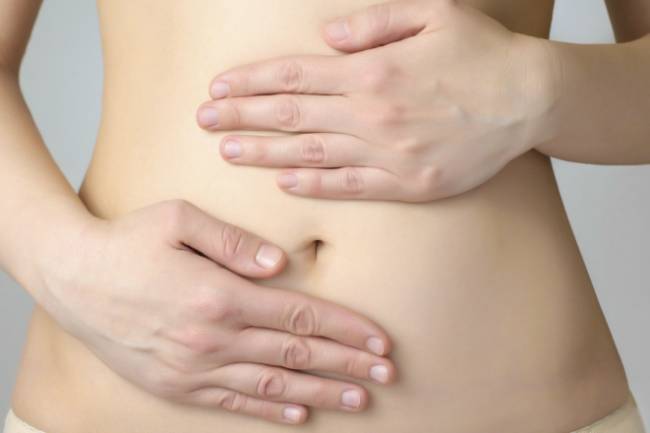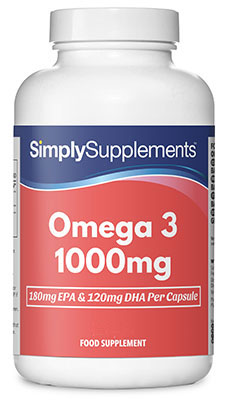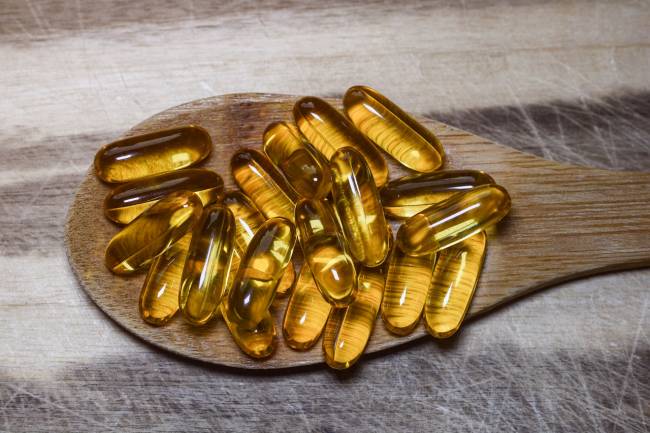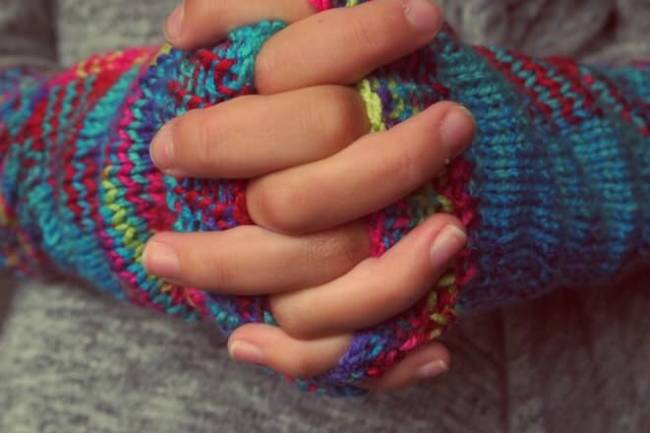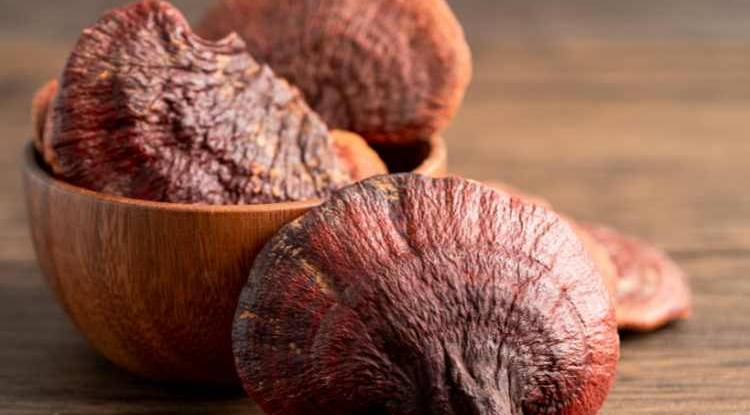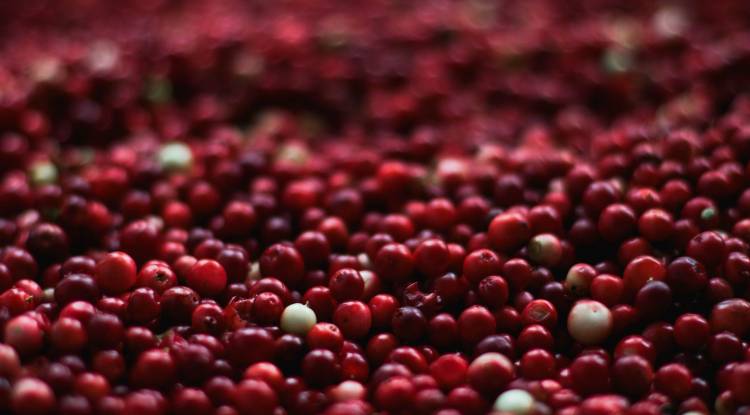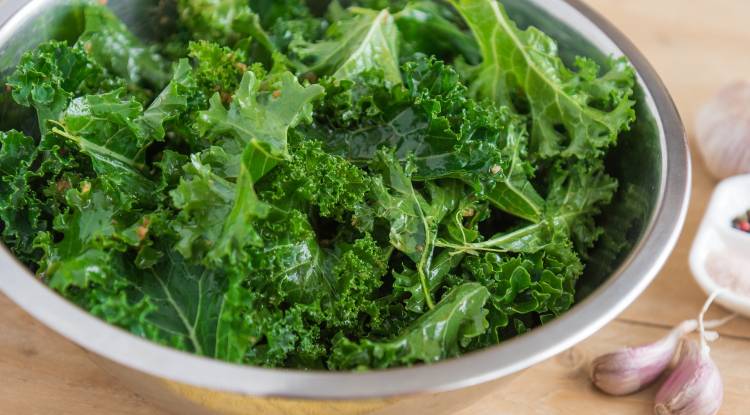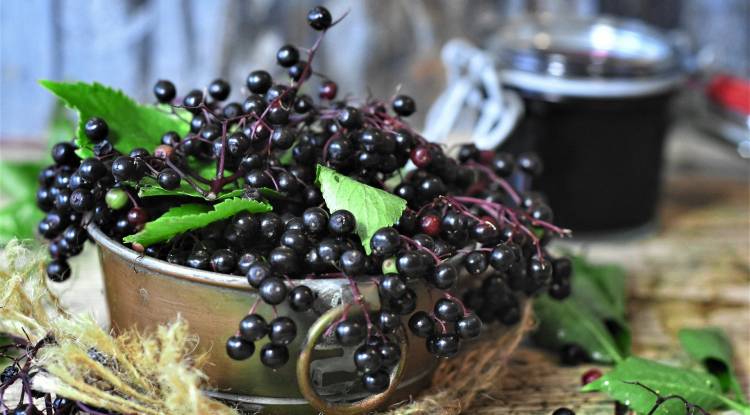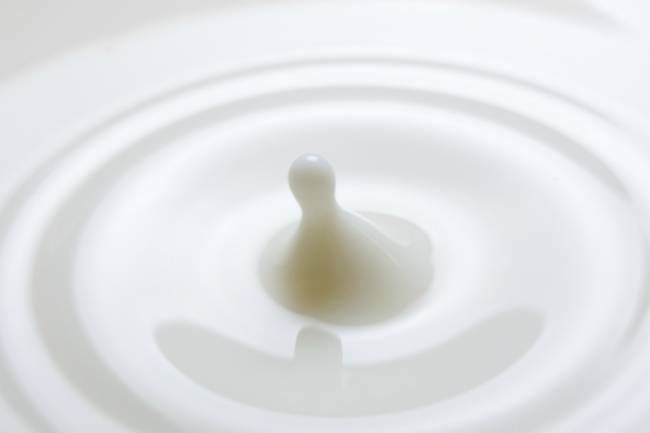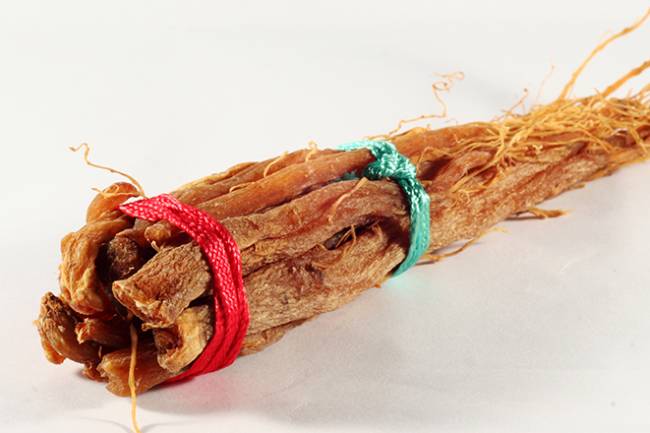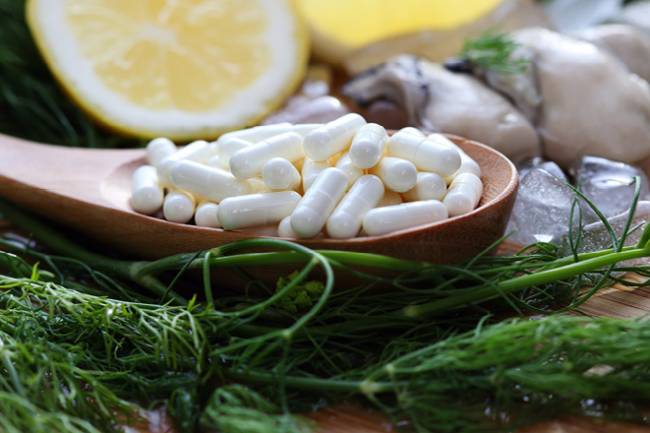Rosacea: Symptoms, Causes & Treatment
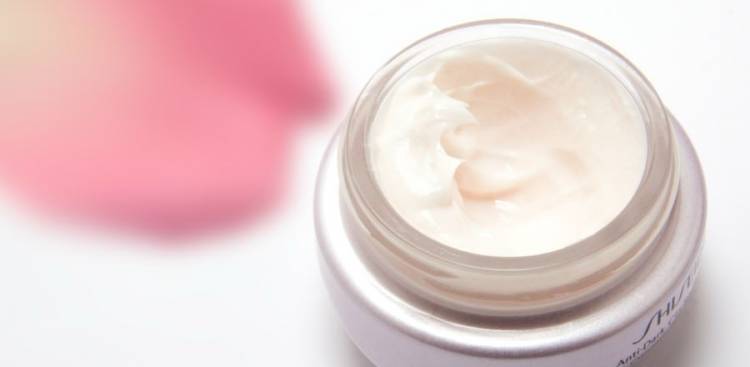
What is Rosacea?
Rosacea is a common but poorly understood non-contagious skin condition that causes redness, mainly on the face. It is chronic and relapsing, meaning that people who have rosacea tend to suffer flare-ups. Rosacea affects about 1 in 10 people in the UK, and while symptoms may first appear during the early 20's, it is more common in middle-aged women.
Symptoms of Rosacea
Rosacea can include one or more of the following symptoms:
- Facial ‘flushing’ or blushing a lot: Many people with rosacea find that they frequently blush, or their face becomes flushed and hot. This is often an early sign of the condition and is sometimes called pre-rosacea.
- Permanent redness on the face: This is the most common sign of rosacea and usually resembles a blush or sunburn that does not fade away. The redness is caused by the dilation of tiny blood vessels just under the surface of the skin.
- Burning and stinging sensations on the face: These are often accompanied by a feeling of tightness or itching.
- Spots: Small bumps or pimples may appear on the face. While they may look like acne, no blackheads or whiteheads appear.
- Visible small blood vessels: In many people with rosacea, small blood vessels become visible on the skin which resembles tiny red spider webs.
- Eye irritation: Many rosacea sufferers notice their eyes feeling irritated, watery or bloodshot. The eyelids may also become swollen and red and in rare cases, vision may be blurred. This is known as ocular rosacea.
- Skin thickening: In rare cases, the skin may thicken around the nose due to excess tissue. This commonly affects more men than women and is referred to as rhinophyma.
- Facial swelling: The lymphatic system may struggle to drain away excess fluids and proteins, which may result in slight facial swelling.
Types of Rosacea
There are four main types of rosacea, defined by symptoms and signs that often occur together.
- Subtype 1 - Erythematotelangiectatic rosacea. Erythema is the medical term for redness in rosacea. Symptoms include facial flushing and persistent redness, visible blood vessels, swelling of the face, sensitive skin, dry, rough and/or scaly skin, and stinging and burning sensations.
- Subtype 2 - Papulopustular rosacea. This is characterised by bumps (papules) or spots (pustules) on the skin which are accompanied by raised red patches known as plaques. This kind of rosacea is often confused with acne; however, it is a separate condition, distinguishable by the lack of blackheads and the presence of a stinging sensation.
- Subtype 3 - Phymatous rosacea, aka rhinophyma. This is where excess tissue results in enlargement of the nose. Large pores and irregular bump-like lesions can also occur in other areas, such as the cheeks, chin, forehead and ears.
- Subtype 4 - Ocular rosacea. When rosacea affects the eyes, causing watery, bloodshot eyes that feel itchy, irritated and gritty. This often results in swelling of the eyelids, irritation to the inside of the eyelid, and occasionally cysts or styes.
Causes of Rosacea
The root cause of rosacea is not yet fully understood, but the following factors are thought to contribute to the condition:
- Abnormal facial blood vessels: Some skin specialists believe that rosacea may be caused by abnormalities in the blood vessels around the face.
- Pale skin: While having lighter skin might not necessarily cause rosacea, a significantly higher percentage of people with fair skin develop rosacea.
- Demodex Folliculorum: This is a tiny, microscopic mite that often lives on people’s skin and generally causes no problems. However, people with rosacea tend to have more of these skin mites than others. It is not yet clear whether the mites cause the rosacea, or the rosacea causes the overpopulation of mites.
- H. Pylori bacteria: This common gut bacteria stimulates the production of a protein known to dilate blood vessels. Some experts suggest this may play a role in the development of rosacea.
- Genetics: Approximately 40% of people with rosacea have a close relative with the condition so there appears to be a genetic link. Some experts believe that some may have genetically mediated reduction in their ability to control facial inflammation.
- Triggers: Flare-ups can be triggered by activities that suddenly increase blood flow to the surface of the skin, such as exercise, consuming hot or spicy foods and drinks, extreme weather, and overly hot baths or saunas. Certain medications and emotions like stress, anger, anxiety or embarrassment, can also trigger flare-ups.
Complications of Rosacea
Leaving rosacea untreated can worsen the condition and heighten feelings of embarrassment and even depression. Ocular rosacea can occasionally cause styes and cysts on the eyelids, reduced vision, and in extreme cases can cause scarring of the cornea. The bulbous red nose associated with rosacea is often a complication of untreated rosacea, meaning it is important to seek help from a doctor before it reaches this stage. Although rosacea cannot be cured, there are many lifestyle changes and treatments that can prevent its progression and make it more manageable.
Rosacea Treatments
There is no currently known cure for rosacea, but there are treatments that can help to control the symptoms. Your doctor may prescribe topical medications or tablets to reduce the redness and inflammation, and in some cases may recommend laser or IPL (intense pulsed light) treatment. If rosacea affects the eyes, medicated eye drops may help. There are also many self-care treatments that can lessen symptoms and reduce the frequency of flare-ups.
How to Reduce Rosacea Symptoms
- Avoid strong sunlight. Use a high-factor sun protector on the face every single day. Even the weaker winter rays can damage the skin. When the sun is shining wear a brimmed hat to further protect the face.
- Manage stress. High-stress levels can trigger flare-ups so try to manage stress levels with daily relaxation techniques, such as deep breathing, meditation, yoga or gentle exercises like swimming and walking.
- Avoid food and drink that can trigger flare-ups. Try temporarily cutting certain foods out of your diet to see if this reduces flare-ups. Common triggers include spicy foods, alcohol, and hot drinks.
- Do not use abrasive cleaners or scrubs on your face, as these can worsen symptoms – instead use a gentle, soap-free cleanser and pat the skin dry after washing. Apply a moisturiser for sensitive skin, but avoid astringent beauty products containing alcohol, menthol, witch hazel, eucalyptus or peppermint.
- Eat a healthy, balanced diet with plenty of fruits and vegetables, lean meats, nuts, seeds and whole grains. Avoid junk foods filled with unhealthy fats, sugars and salt as this increase inflammation throughout the body.
Natural Remedies for Rosacea
Green Tea
You can drink green tea for a variety of health benefits, and then use the tea bags to make a cold compress. Just allow the tea bags to cool before pressing them onto the affected areas of the face. Green tea is thought to provide anti-inflammatory properties, which may help to reduce the redness and inflammation caused by rosacea.
White Vinegar
Using white vinegar mixed with water in a 1:6 ratio may be helpful. Vinegar is a natural disinfectant that can help to reduce bacteria and yeast on the skin. Always do a patch test before trying a new product on your skin, as you may be sensitive to it.
Vitamin D
Vitamin D is essential for the production of healthy skin cells, as well as other body functions. We naturally get our vitamin D from sunlight, but some people find that being out in the sun can make rosacea symptoms worse. You can get vitamin D from some foods such as meats, fish and dairy, or you can take vitamin D supplements along with a healthy diet.
Tea Tree Oil
Tea tree oil has natural antibacterial and anti-inflammatory properties, which many people find effective at reducing the inflammation and redness associated with rosacea. Just be careful when applying it neat to the skin – it can be gentler to mix it with an emulsifying carrier oil.
Omega 3 Oils
Omega 3 fatty acids are essential components of the skin's natural oils and provide natural anti-inflammatory properties. Good food sources of omega 3 include oily fish such as salmon and mackerel, or plant-based foods such as flaxseeds. High quality fish oil can help to top up the diet if needed.

 Nicole
Nicole 